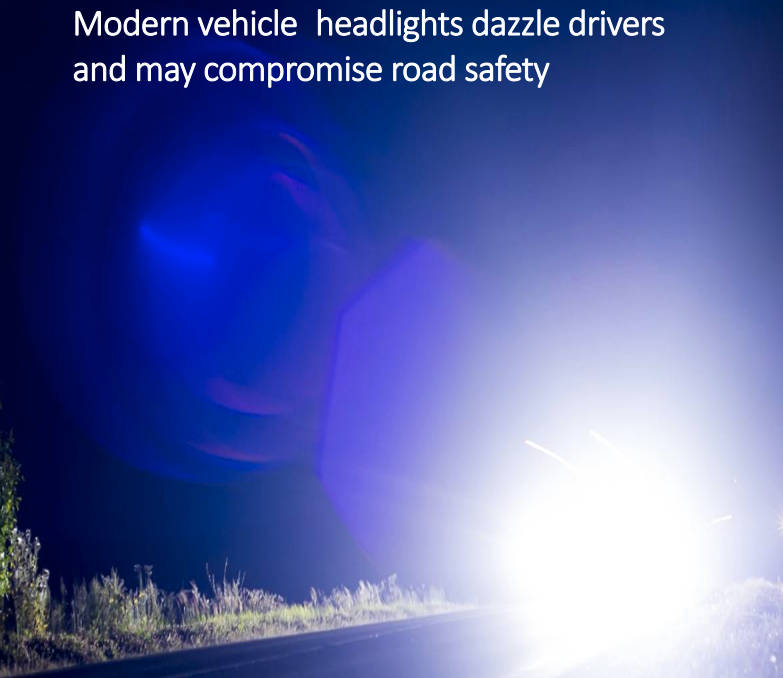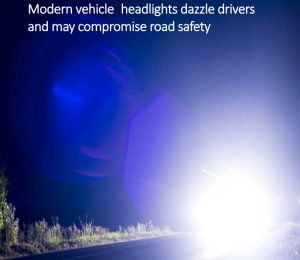
Called ‘Modern vehicle headlights dazzle drivers and may compromise road safety’, it highlights the extra-sharp sharp angular transition between the brightest part and the dim ‘cut-off’ of dipped headlight beams made possible by technologies such as LED and HID light sources, as well as their spectral content, and the lag between vehicle lighting legislation around the world and technological advance.
“Many modern headlights are incompatible with dark-adapted human eyesight – particularly for older drivers,” said the report’s lead author John Lincoln. “They are too bright, too blue and are blinding over too long a distance. Regulation is required to cut the risk of accidents and reduce driver fatigue.”
According to Lightaware, Rod Denis of the RAC said: “A large majority of drivers we surveyed tell us they find the dazzling nature of some
car headlights makes driving difficult, if not unsafe. While current regulations governing vehicle headlights are agreed at an international level, we think the whole topic warrants more focus from the Government. There is a good argument for independent research to be commissioned that gets to the root causes of headlight glare so that the problem so many drivers face can be tackled.”
On behalf of Lightaware, Baroness Hayter will present its headlight case to the Department of Transport’s Lords Minister on the 16th January. Hayter plans to urge the government to investigate the issues identified and the need for updated standards for exterior vehicle lighting.
“The Group’s [Lightaware’s] first interaction with Ministers led them to say: ‘No problem here, no evidence of deaths or serious injuries,’ she said. “Since then, the public have reached out to tell us they disagree, and that many are stopping driving at night, with eight out of 10 drivers
surveyed wanting action to reduce glare. The Highway Code states: ‘You must not use any lights in a way which would dazzle .. other road users’ – a requirement breached on every road every night.”
The report can be downloaded here.
Electronics Weekly has read the report. It raises many serious and valid points, and is well worth a browse. Overall it is clear and thoughtful, although, perhaps due to the mixed audience envisaged, there is a slightly uneven mix of simplistic and sophisticated arguments – over colour temperature for example, and beam formation is another.







